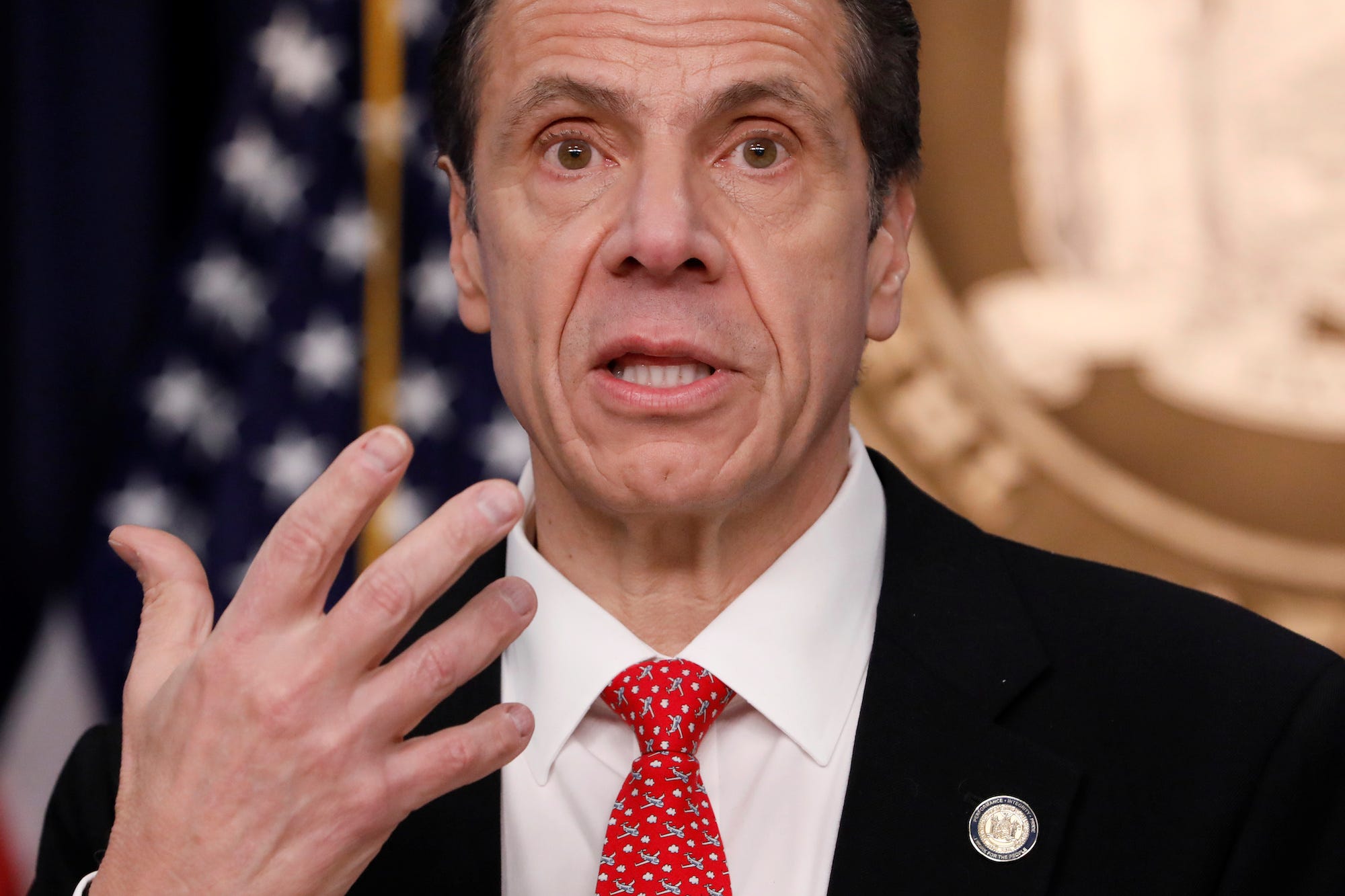- Forty-eight US states so far have declared states of emergency in response to the coronavirus outbreak.
- Washington was the first state to declare emergency last month after the first coronavirus death was confirmed there.
- Maryland’s first positive cases and California’s first death from coronavirus triggered those states to follow suit.
- By March 16, other states, including Arizona, Michigan, New York, Kentucky, and Utah, in addition to several US cities and counties, had also declared public-health emergencies.
- President Donald Trump declared a national emergency on March 13.
- The US has reported more than 4,660 COVID-19 cases, but amid a nationwide testing shortage the true figure is probably much higher.
- Visit Business Insider’s homepage for more stories.
Almost every US states have declared states of emergency in response to the coronavirus outbreak.
The country has reported more than 4,660 infections of the novel coronavirus, but amid a nationwide testing shortage the true figure is probably much higher. As of Thursday, almost every state had reported a case.
Business Insider is tracking the cases in the US:
The first week of March saw leaders in states across the country begin to ramp up their responses to the virus, which has killed more than 7,100 people and infected more than 182,000 globally. The coronavirus causes a respiratory disease known as COVID-19.
Mayor London Breed of San Francisco also declared a state of emergency in the city last month, while several other US cities and counties have also declared public-health emergencies over the new coronavirus.
Despite the possibly alarming news, declaring an emergency is a strategic announcement that can help states activate emergency response plans and state emergency operation centers. It also can help governments get reimbursed for money they spend on preparedness from the state and federal government, and it authorizes leaders to use funds to deploy additional personnel, buy equipment, and prepare stockpiles.
President Donald Trump declared a national emergency on March 13.
For the coronavirus, it's given government leaders the opportunity to implement restrictive measures to stop the spread of the virus - Gov. Jay Inslee of Washington is reportedly banning gatherings and events of more than 250 people in the Seattle metro area.
The response from state leadership is in stark contrast to President Donald Trump's repeated downplaying of the outbreak and rocky public appearances in addressing officials' response to the virus.
Here are the states that have declared emergencies.
Washington
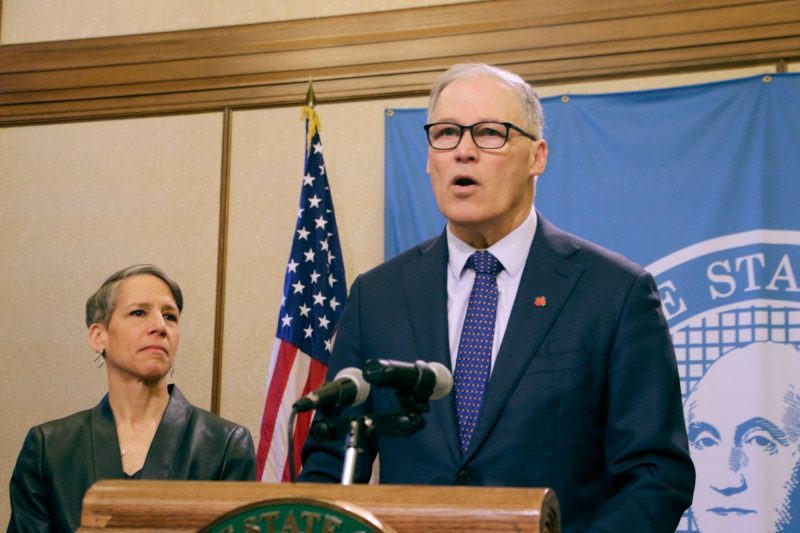
Gov. Jay Inslee declared a state of emergency in Washington on February 29 after the first coronavirus death was confirmed.
On Wednesday, Inslee announced a temporary ban on gatherings and events of more than 250 people in three counties that include parts of the Seattle metro area.
By March 13, the state had confirmed 37 deaths from the virus and more than 568 cases.
California
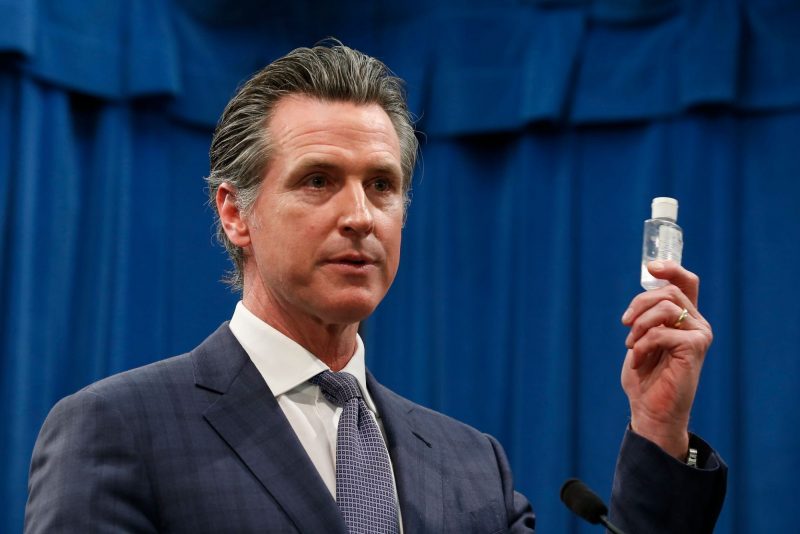
California declared a state of emergency on March 4 after reporting the first death from coronavirus in the state. Gov. Gavin Newsom made the declaration to receive emergency federal funding to battle the outbreak.
The proclamation also includes provisions meant to protect consumers from price gouging and allows for out-of-state healthcare workers to assist facilities at the frontlines of the coronavirus battle.
"The State of California is deploying every level of government to help identify cases and slow the spread of this coronavirus," Newsom said. "This emergency proclamation will help the state further prepare our communities and our health care system in the event it spreads more broadly."
The California Department of Public Health said it was working closely with the Centers for Disease Control and Prevention to respond to the outbreak of COVID-19 in the state, including screening incoming passengers at both Los Angeles International and San Francisco International airports.
The state has 281 confirmed cases and four deaths.
Maryland
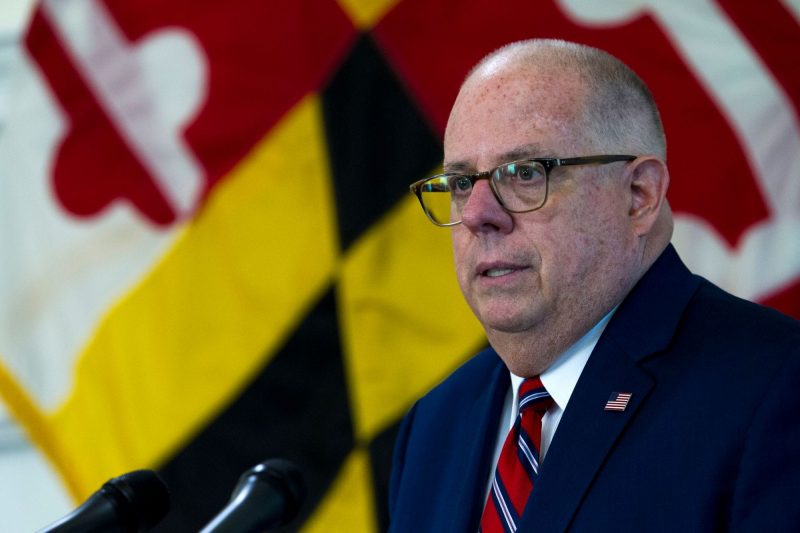
On March 5, Gov. Larry Hogan declared a state of emergency in Maryland after announcing the state's first three positive coronavirus tests. The patients contracted the virus while traveling overseas and were quarantined in their homes.
"In order to further mobilize all available state resources in response to this threat to public health, I have issued a proclamation declaring a state of emergency in Maryland," Hogan said.
Kentucky
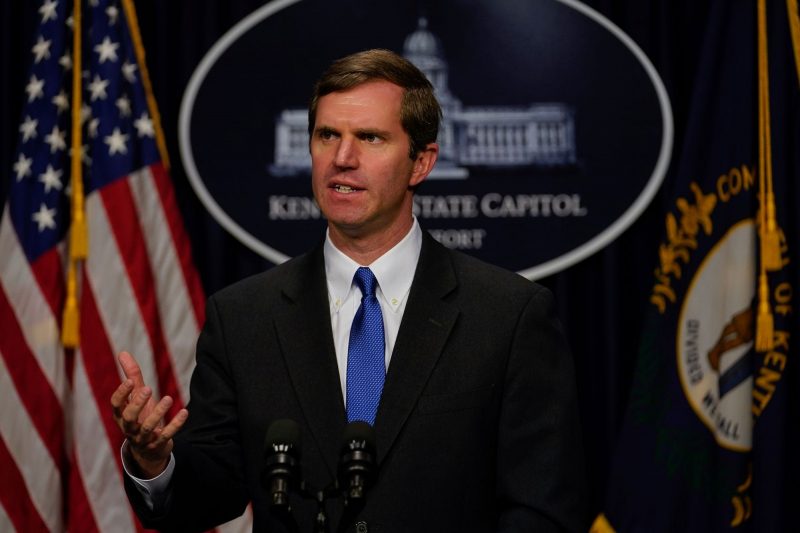
On March 6, Gov. Andy Beshear announced Kentucky's first confirmed case of the virus and a state of emergency.
"While the overall threat to Kentuckians is still low, we as a state are going to take every necessary action to protect our people," Beshear said during a press conference.
Utah
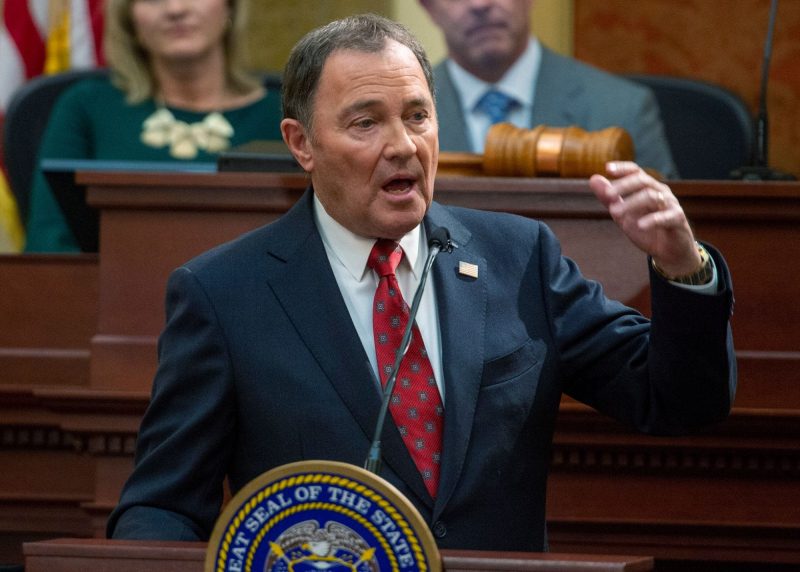
Gov. Gary Herbert declared a state of emergency in as an anticipatory measure hours before Utah's Department of Health announced the state's first case of COVID-19 on March 6.
The Salt Lake Tribune reported that the state's first case was a person over age 60 who officials believe was exposed on a previous voyage on the Grand Princess cruise ship, which was later docked and quarantined. Despite the person's positive test, officials stressed that they didn't believe there was a larger threat of infection.
New York
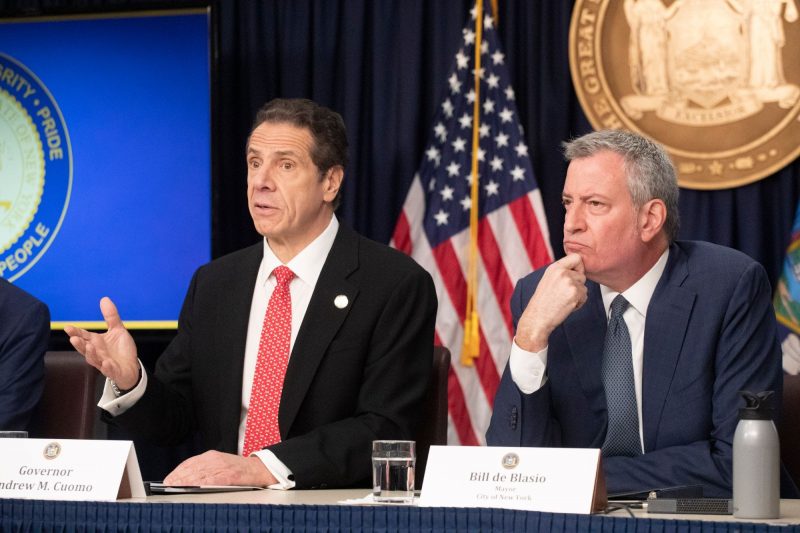
Gov. Andrew Cuomo declared a state of emergency in New York. By March 13 the number of confirmed cases in the state reached 435.
Amtrak canceled its nonstop service between New York City and Washington, DC.
Florida
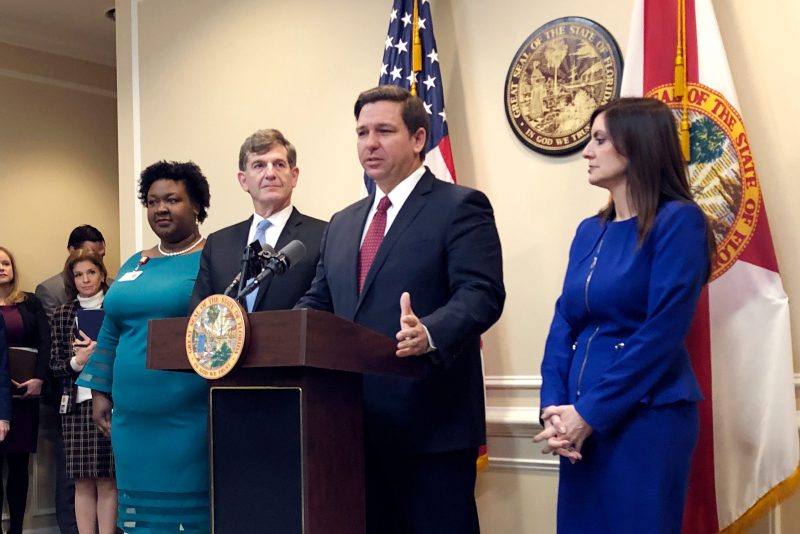
On March 7, Gov. Ron DeSantis of Florida declared a level 2 state of emergency, an escalation from the public-health emergency he declared on March 1.
Oregon
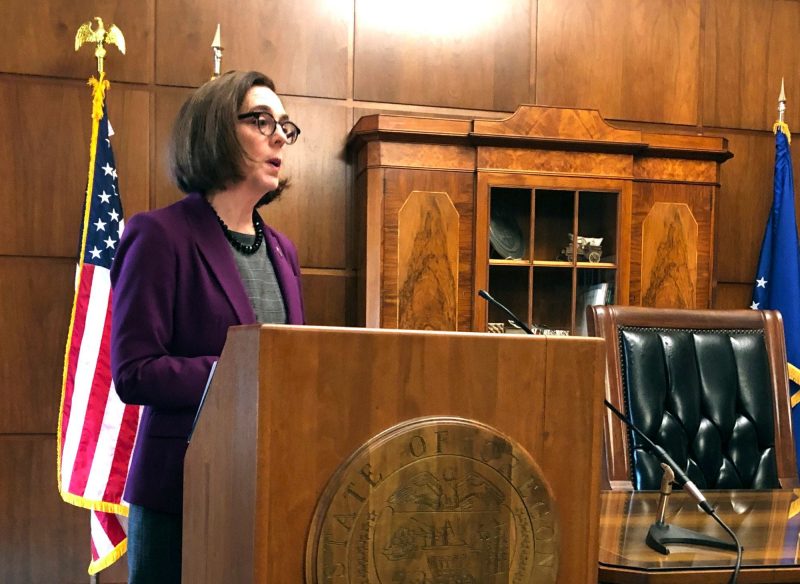
Gov. Kate Brown announced the declaration on March 8, which will remain in effect for 60 days but could be extended.
The announcement came as seven new cases in Oregon were announced, some of which stemmed from contact with people in northwestern Washington, according to the Associated Press.
Indiana
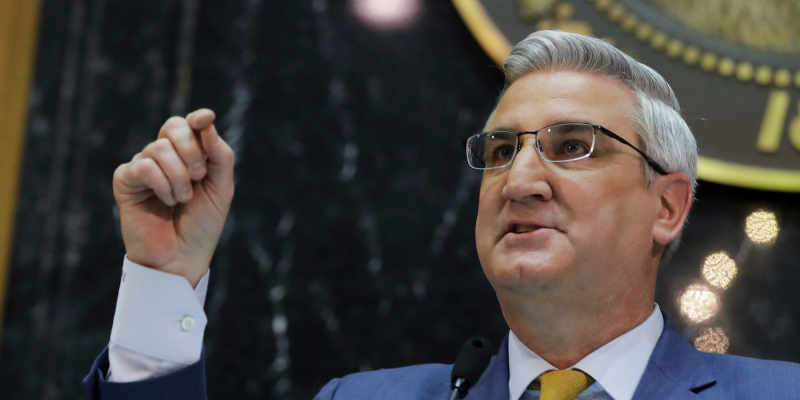
A state of emergency was issued by Gov. Eric Holcomb on March 6.
New Jersey
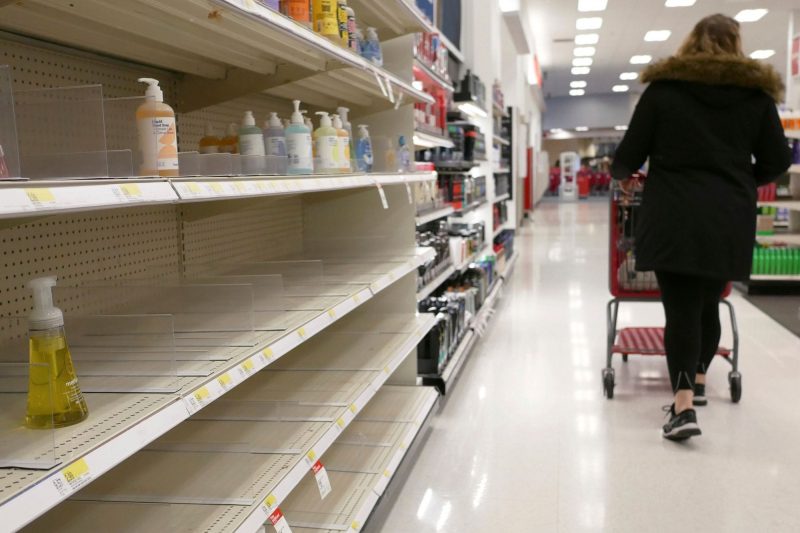
Gov. Phil Murphy declared a state of emergency on March 9, after 11 people in New Jersey had tested positive for the virus.
NJ.com reported that officials had closed some schools and said 24 other possible cases were under investigation in the state by the NJ Department of Health.
Colorado
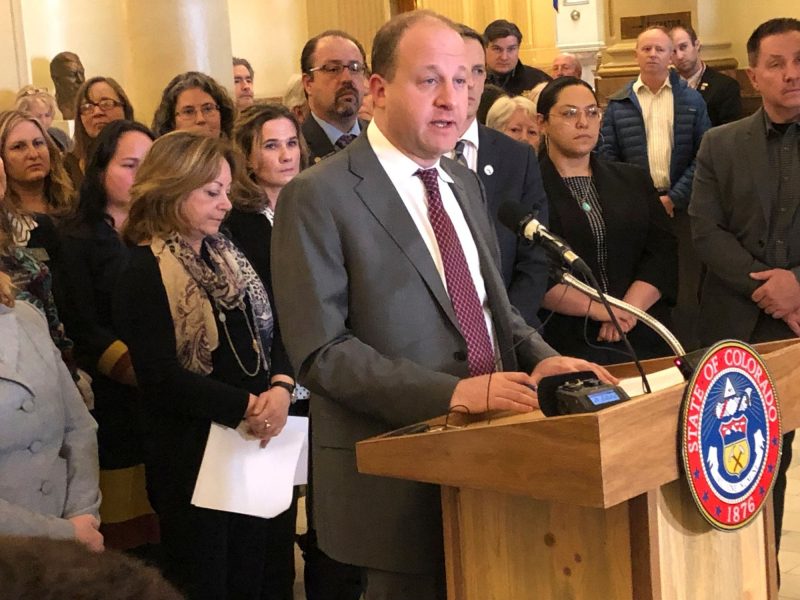
Gov. Jared Polis made the declaration March 10 after Colorado confirmed its 15th case, with all cases surfacing in just a few days.
Business Insider's Julie Bort reported that the state was dealing with especially concerning diagnoses that came from all over the state, including high-traffic tourist and urban areas.
Polis said the state's Department of Labor and Employment would institute "emergency rulemaking" to accommodate workers across the state in food handling, hospitality, childcare, healthcare, and education.
Under the emergency, new rules would allow those workers to get tested and take sick leave while waiting for results if they exhibit flu-like symptoms and would provide unemployment insurance for those who don't have leave. Additionally, the department is creating a drive-thru testing facility to fulfill doctors' orders, and the DMV will temporarily allow residents older than 65 to renew their driver's licenses online and avoid public spaces.
Iowa
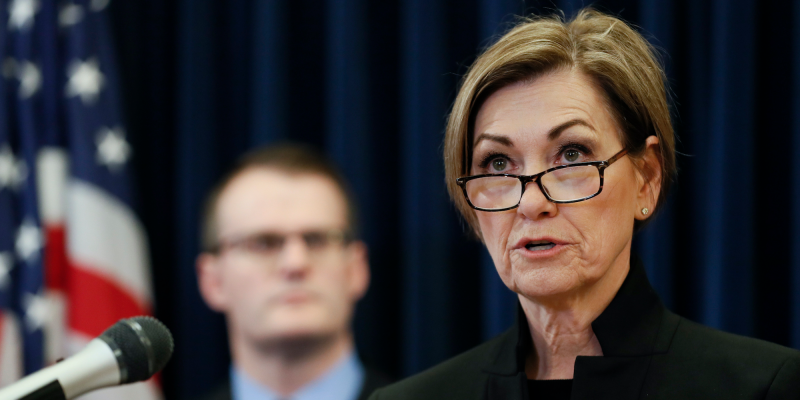
As of March 9, Gov. Kim Reynolds signed a Proclamation of Disaster Emergency, local news agencies reported.
The proclamation will free up funds for state agencies to use to handle the outbreak.
Ohio
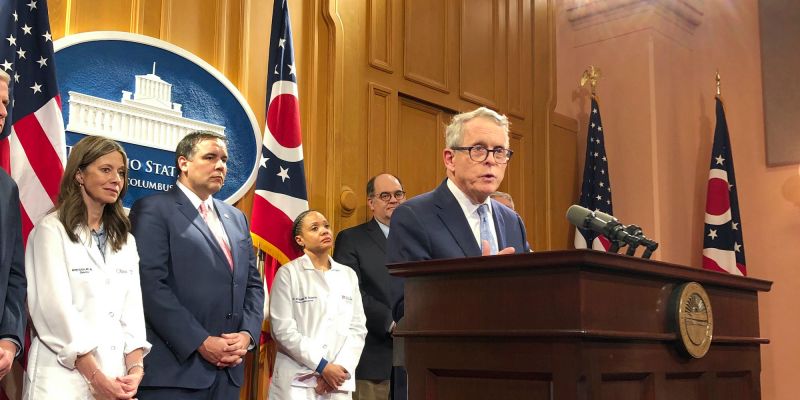
Gov. Mike DeWine signed a state of emergency on March 9.
Pennsylvania
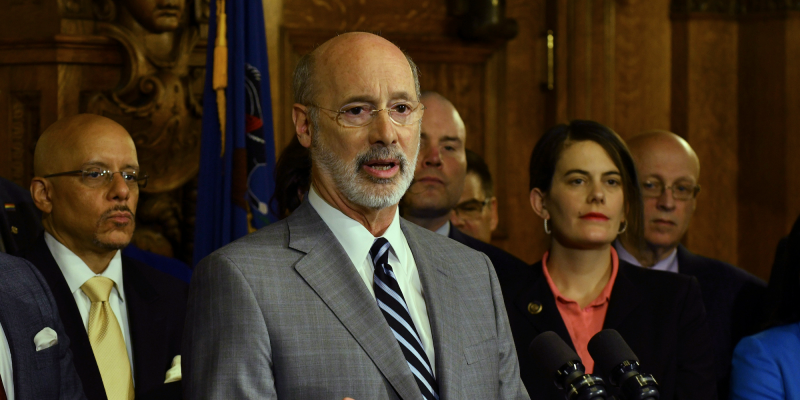
Gov. Tom Wolf signed an emergency disaster declaration on March 6.
Illinois
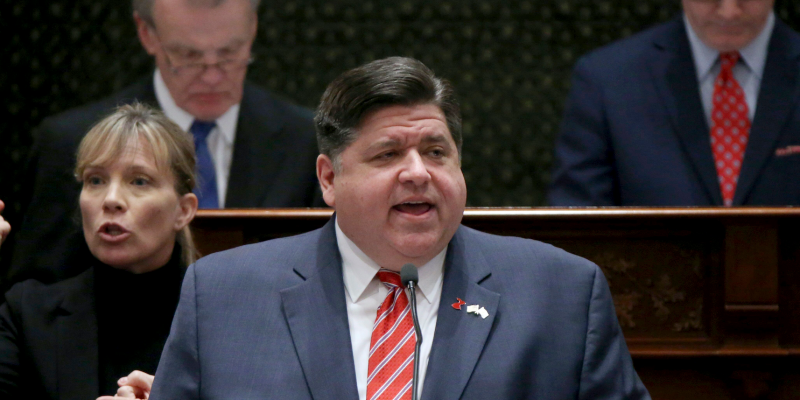
Gov. JB Pritzker issued a state of emergency on March 9, according to the Southern Illinoisan.
Massachusetts
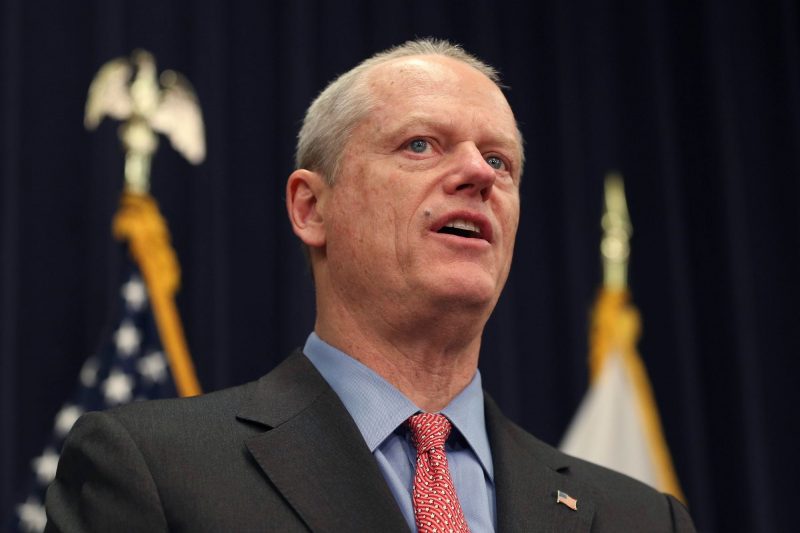
Gov. Charlie Baker declared a state of emergency on March 10 amid a "significant uptick" of cases.
"This declaration will give our administration more flexibility to respond to this evolving outbreak," Baker said after state officials announced they were examining 51 additional "presumptive positive" cases.
North Carolina
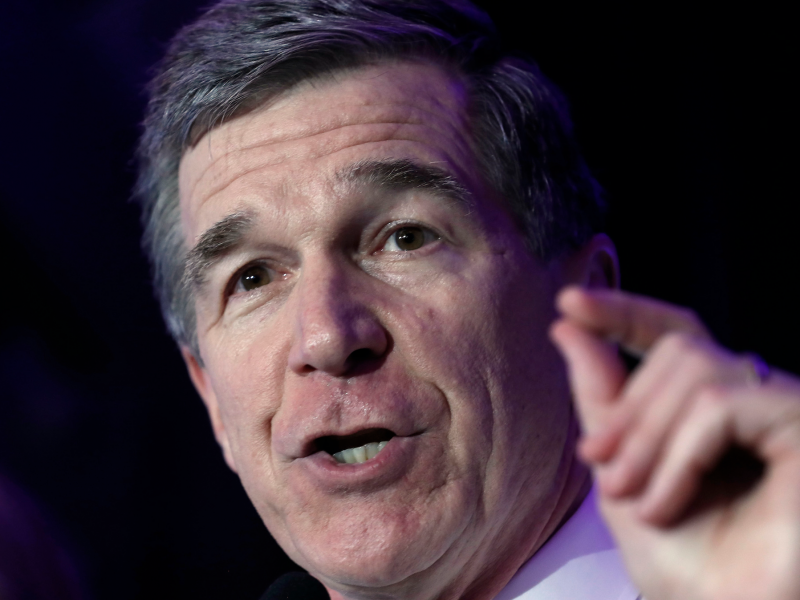
Gov. Roy Cooper declared a state of emergency on March 10 to stop the spread of the virus.
Michigan
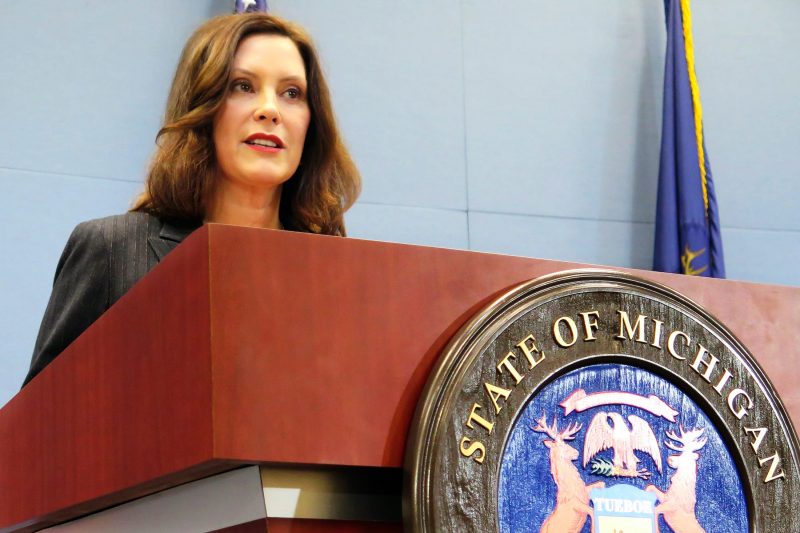
Gov. Gretchen Whitmer declared a state of emergency of March 10, after Michigan had its first two cases of COVID-19.
"I have declared a state of emergency to harness all of our resources across state government to slow the spread of the virus and protect families," Whitmer said in a tweet.
Arizona
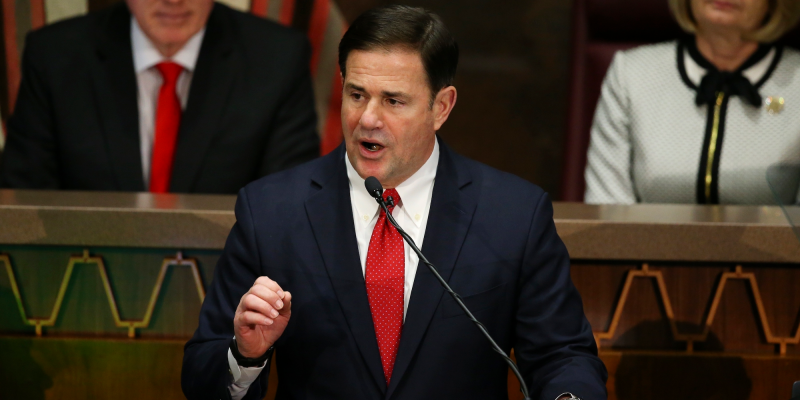
Gov. Doug Ducey declared a state of emergency on Wednesday, according to local media outlets.
Connecticut
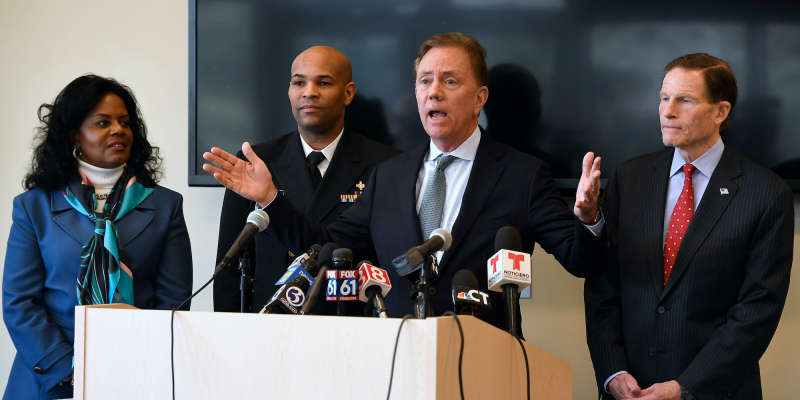
Gov. Ned Lamont issued a state of emergency on March 10.
Louisiana
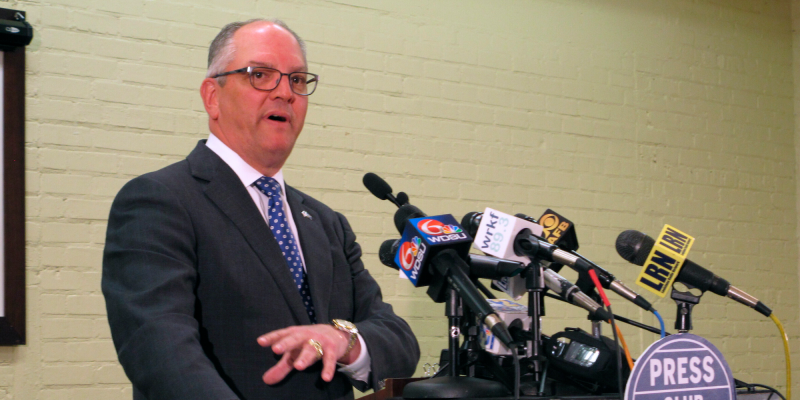
Gov. John Bel Edwards signed a state of emergency on March 11.
Virginia
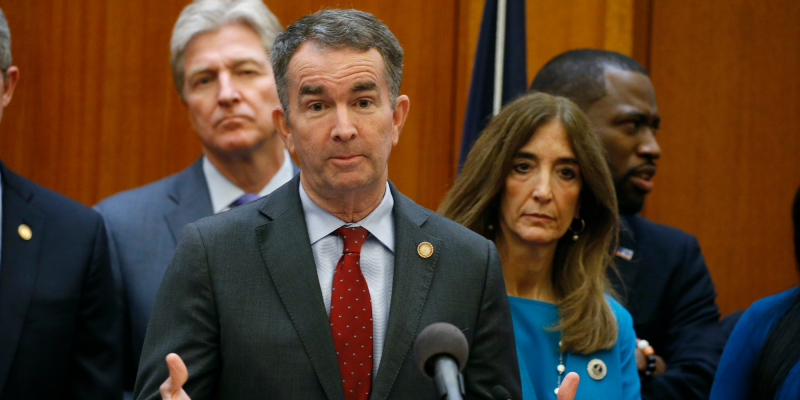
Gov. Ralph Northam declared a state of emergency on March 12.
"While Virginia has been preparing for weeks and we have adequate funding on hand, it has become increasingly clear that states need to lead the national response," Northam said in a tweet.
Delaware
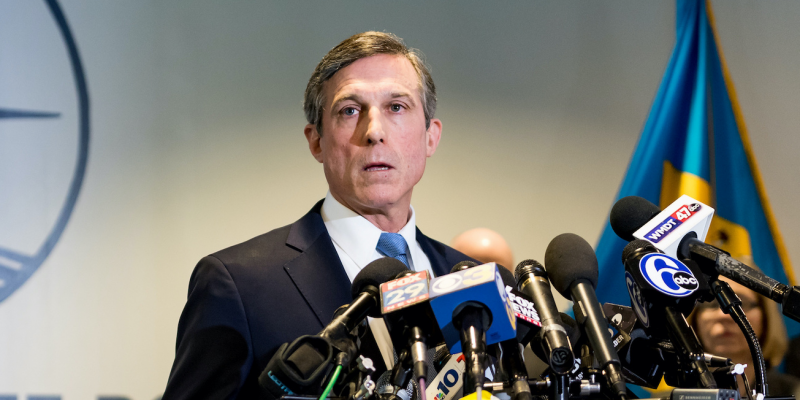
Gov. John Carney declared a state of emergency on March 12.
"Today's emergency declaration will make sure we have the authority and resources necessary to effectively prevent the spread of the coronavirus," Carney wrote in a tweet.
Montana
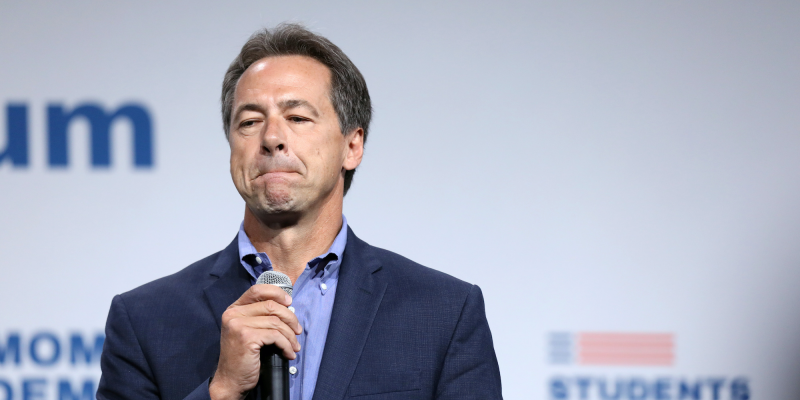
Montana declared a state of emergency on March 12.
"Declaring a state of emergency means I can mobilize all available state resources to mitigate the impact of COVID-19 on Montanans. That's why I'm doing so now, before we have a confirmed case in our state," Gov. Steve Bullock said in a tweet.
Nevada
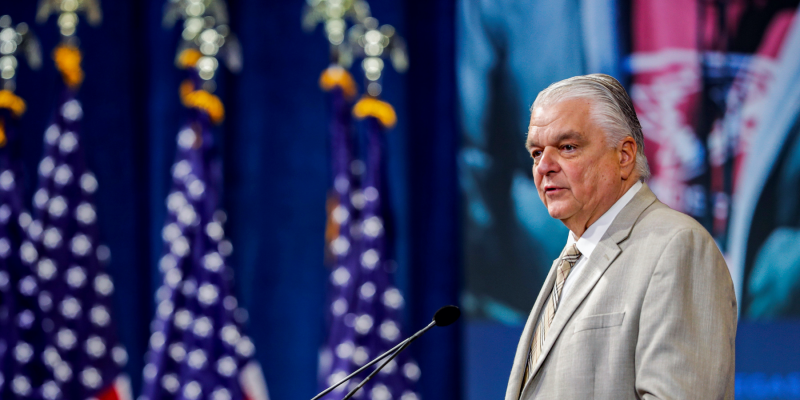
Gov. Steve Sisolak issued a state of emergency on March 12.
"This declaration will give our State additional tools and flexibility to respond to this rapidly developing situation, and it will advance measures to mitigate and ultimately contain COVID-19," Sisolak said in a tweet.
Arkansas
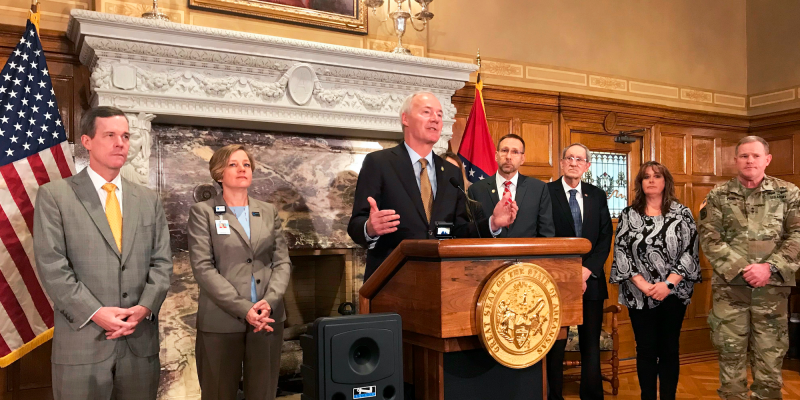
According to local news outlets, Gov. Asa Hutchinson declared a public-health emergency on March 11.
Kansas
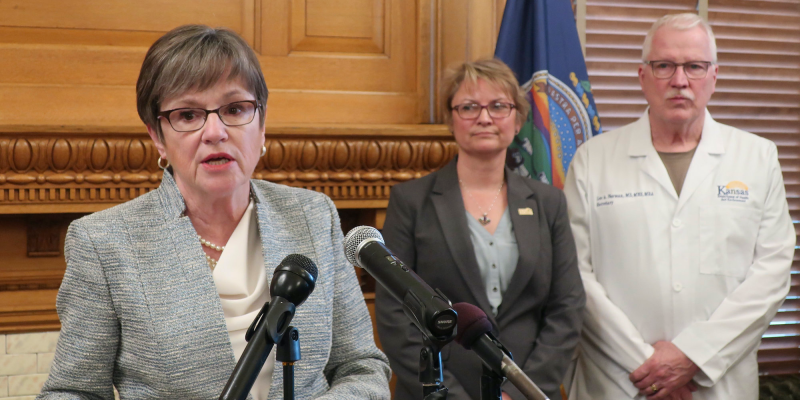
Gov. Laura Kelly issued a state of emergency on March 12. The announcement was made after a man in his 70s died from COVID-19.
Wisconsin
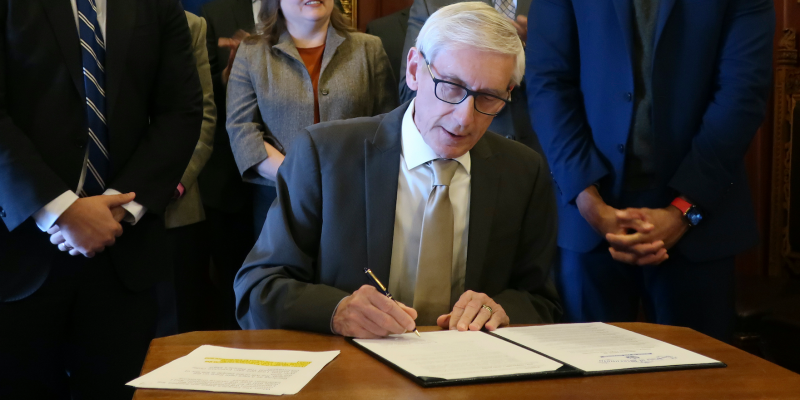
Gov. Tony Evers declared a state of emergency on March 12.
Hawaii
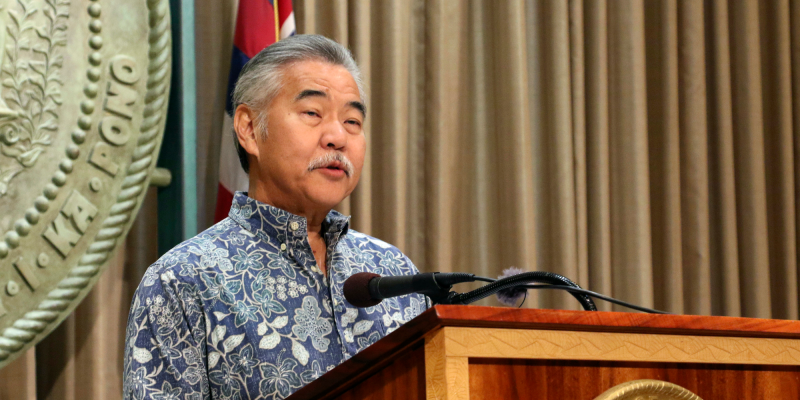
On March 5, Hawaii issued an emergency proclamation.
Tennessee
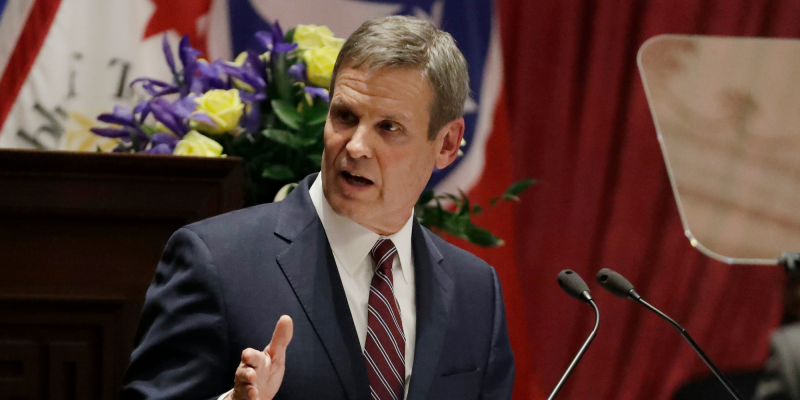
Gov. Bill Lee issued a state of emergency on March 12.
Alabama

Alabama Gov. Kay Ivey issued a state of emergency on March 13.
New Hampshire
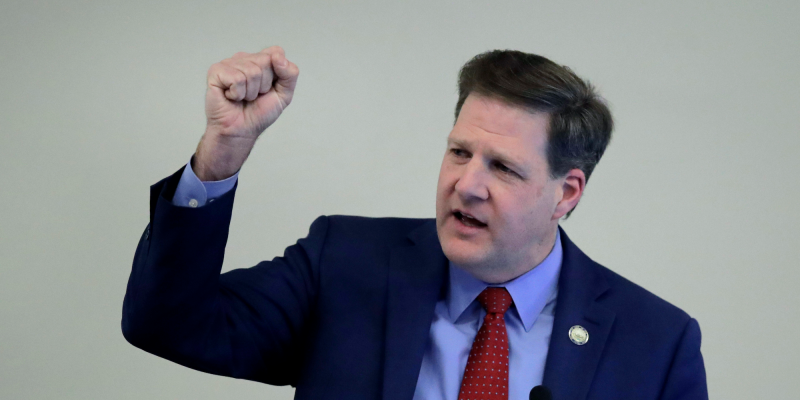
Gov. Chris Sununu declared a state of emergency on March 13.
"While the current risk remains low, we are taking preventative steps today to ensure that all state resources are at the ready to respond and deploy in a moments notice," Sununu said in a tweet.
South Carolina
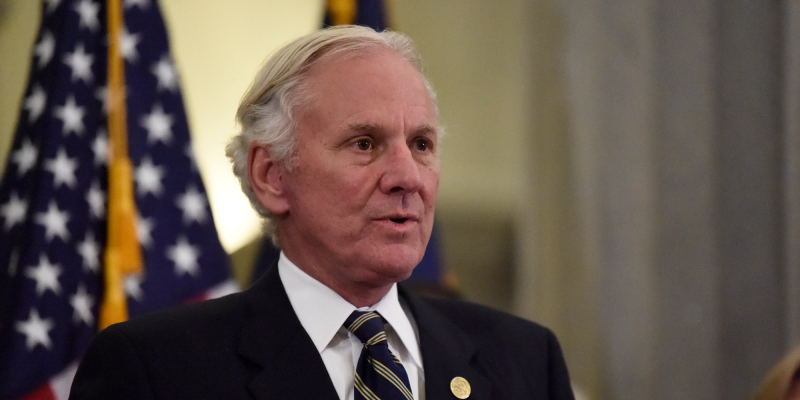
Gov. Henry McMaster declared a state of emergency on March 13.
Idaho
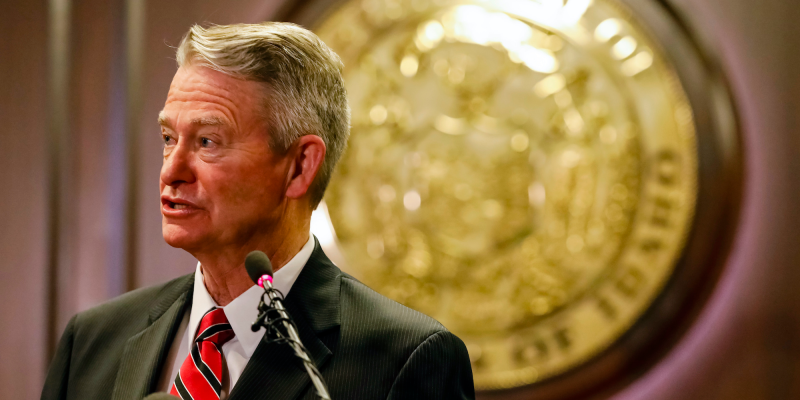
Gov. Brad Little issued a proactive emergency declaration on March 13.
Nebraska
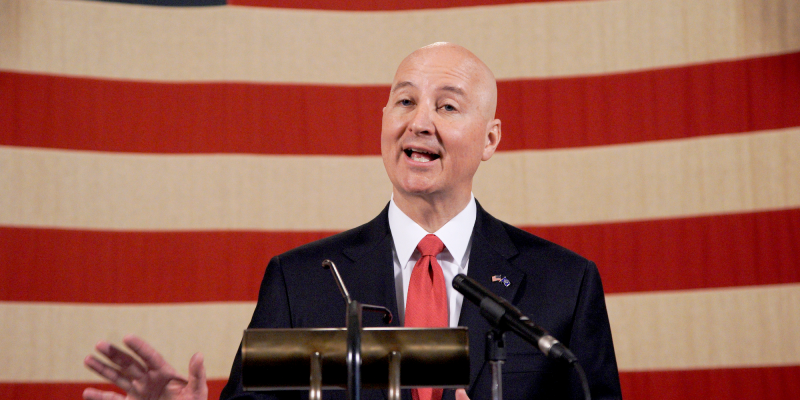
Gov. Pete Ricketts declared a state of emergency on March 13.
Missouri
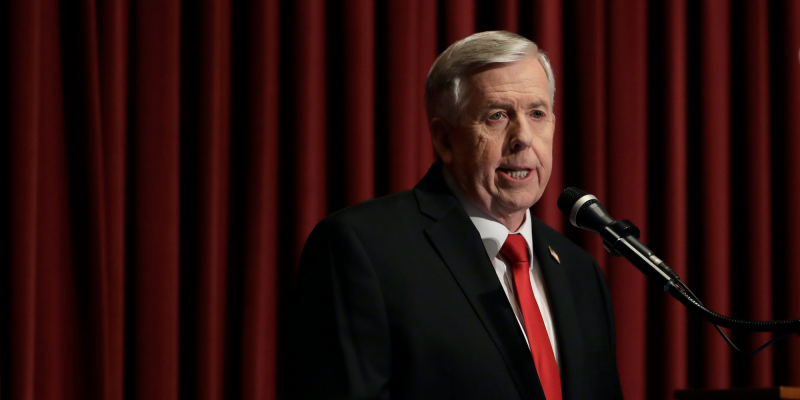
Gov. Mike Parsons declared a state of emergency on March 13.
Minnesota
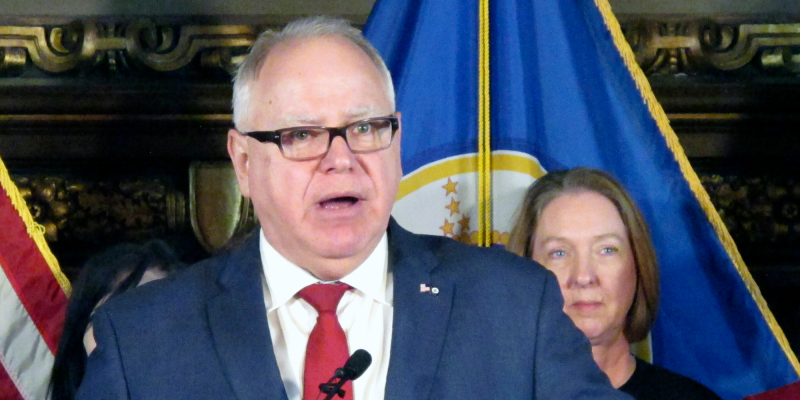
Gov. Tim Walz declared a state of emergency on March 13.
Georgia
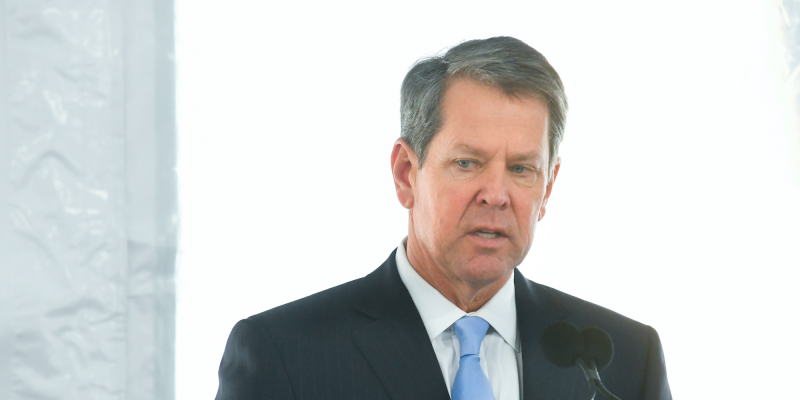
Gov. Brian Kemp will announce a state of emergency on March 14, local news outlets reported.
Rhode Island
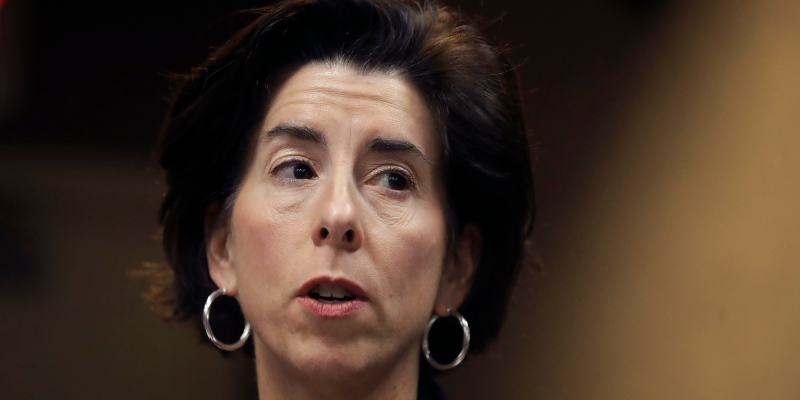
Gov. Gina Raimondo declared a state of emergency on March 9, local outlets reported.
New Mexico
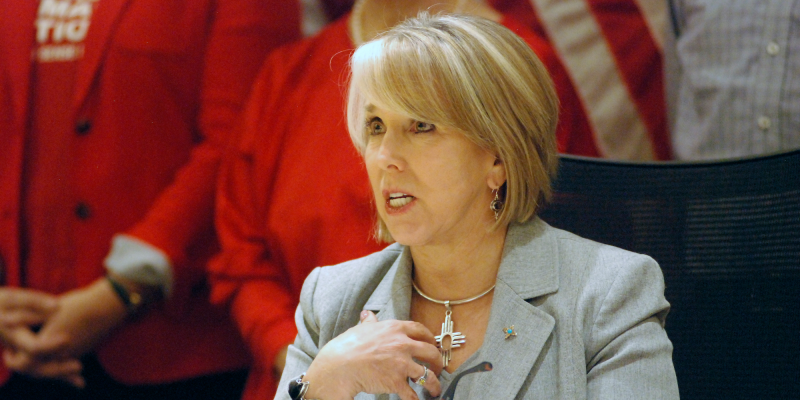
Gov. Michelle Lujan Grisham declared a state of emergency on March 11, local news agencies reported.
Alaska
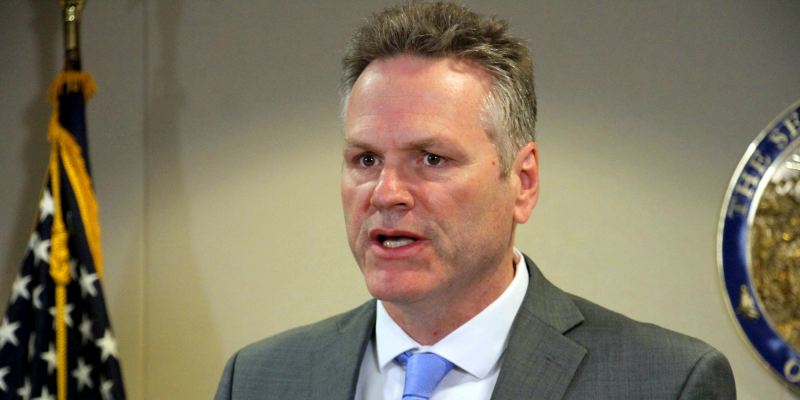
Gov. Mike Dunleavy issued a declaration of public health disaster emergency on March 11.
Mississippi
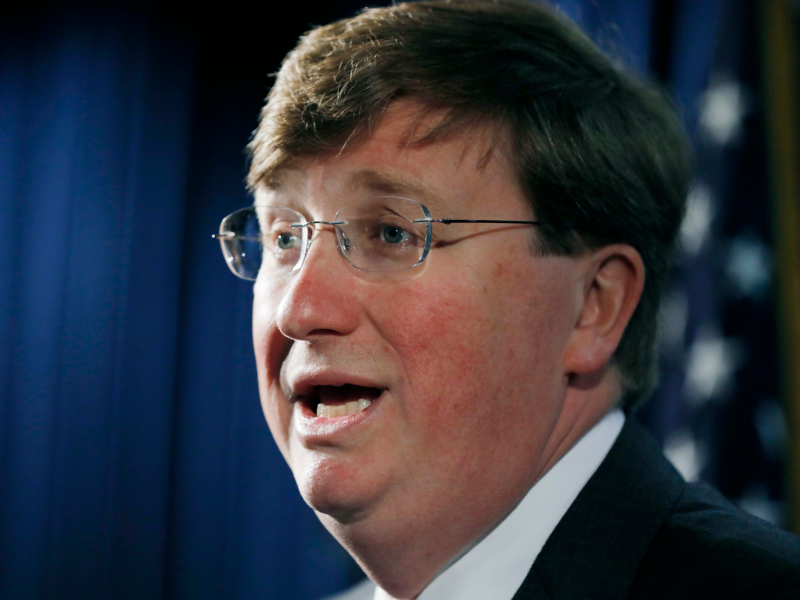
Gov. Tate Reeves issued a state of emergency on March 14.
Wyoming
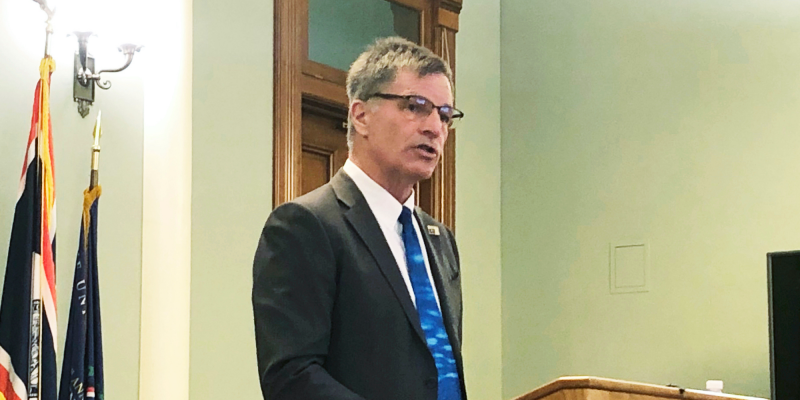
Gov. Mark Gordon declared a state of emergency on March 13.
South Dakota
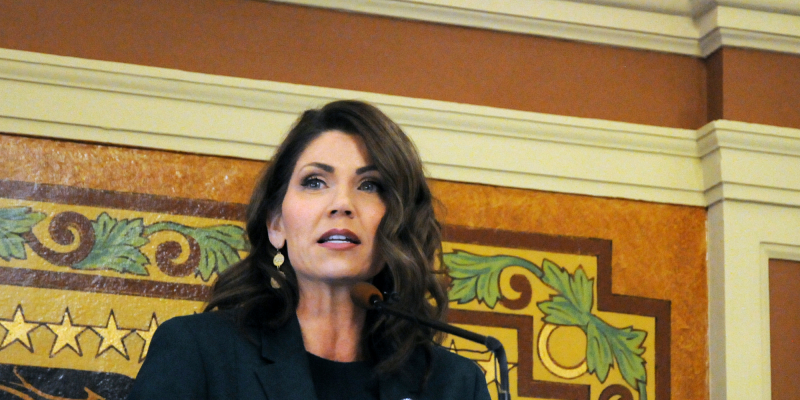
Gov. Kristi Noem declared a state of emergency on March 13, local outlets reported.
North Dakota
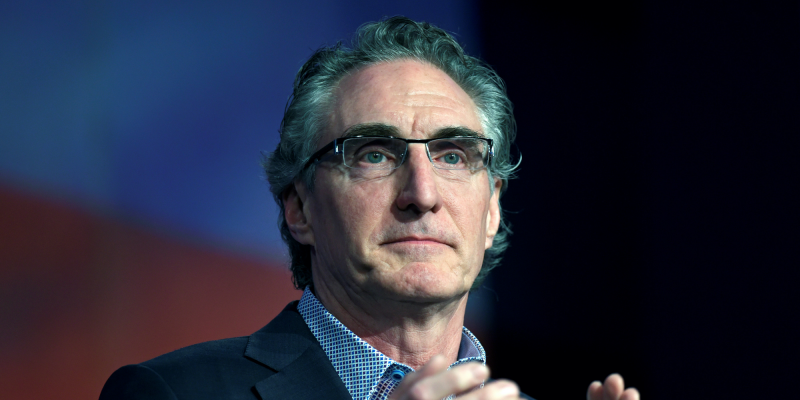
Gov. Doug Burgum declared a state of emergency on March 13, local outlets reported.
Maine
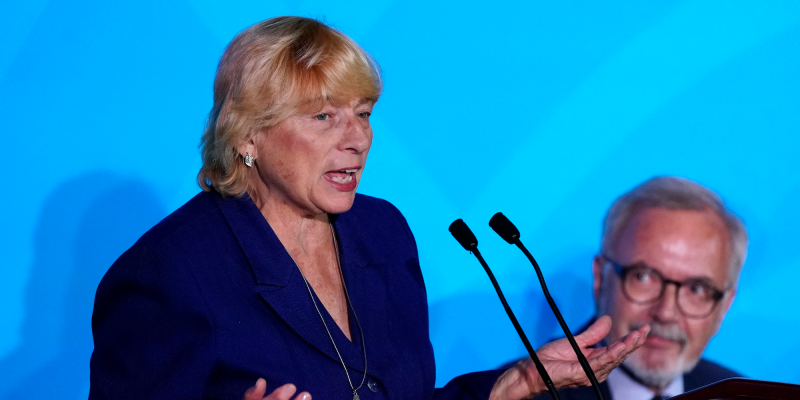
Gov. Janet Mills signed an emergency proclamation on March 15.
Vermont
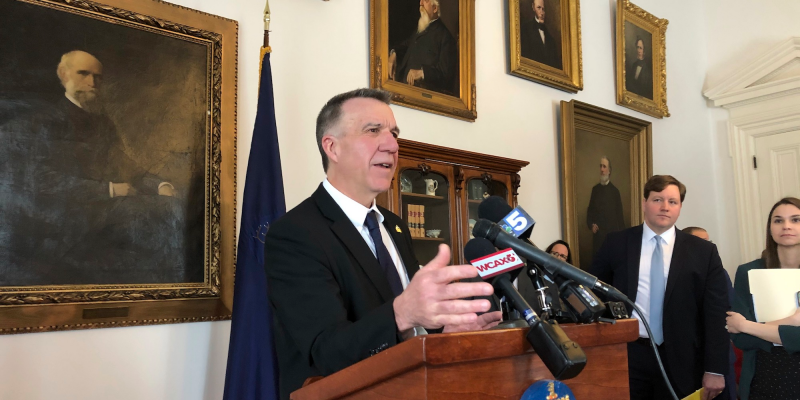
Gov. Phil Scott declared a state of emergency on March 13.
Texas
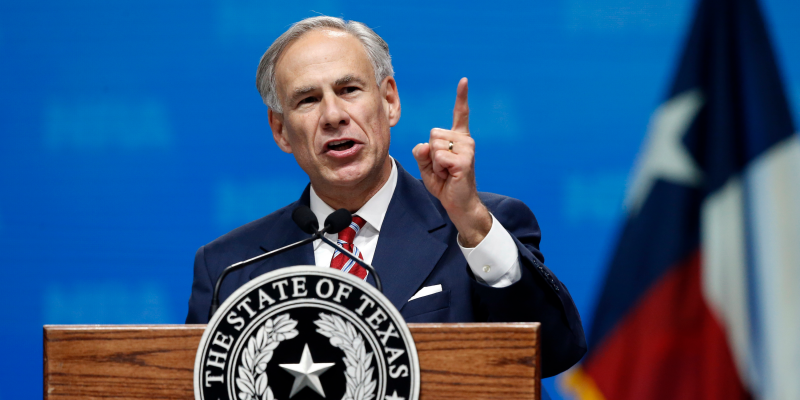
Gov. Greg Abbott declared a state of disaster on March 13.
Texas has 48 cases of COVID-19.
- Read more:
- The coronavirus has pandemic 'potential' as it spreads in South Korea, Italy, and Iran, according to WHO
- One key indicator will tell us when the coronavirus outbreak is winding down - but we're not seeing it yet
- A day-by-day breakdown of coronavirus symptoms shows how the disease, COVID-19, goes from bad to worse
